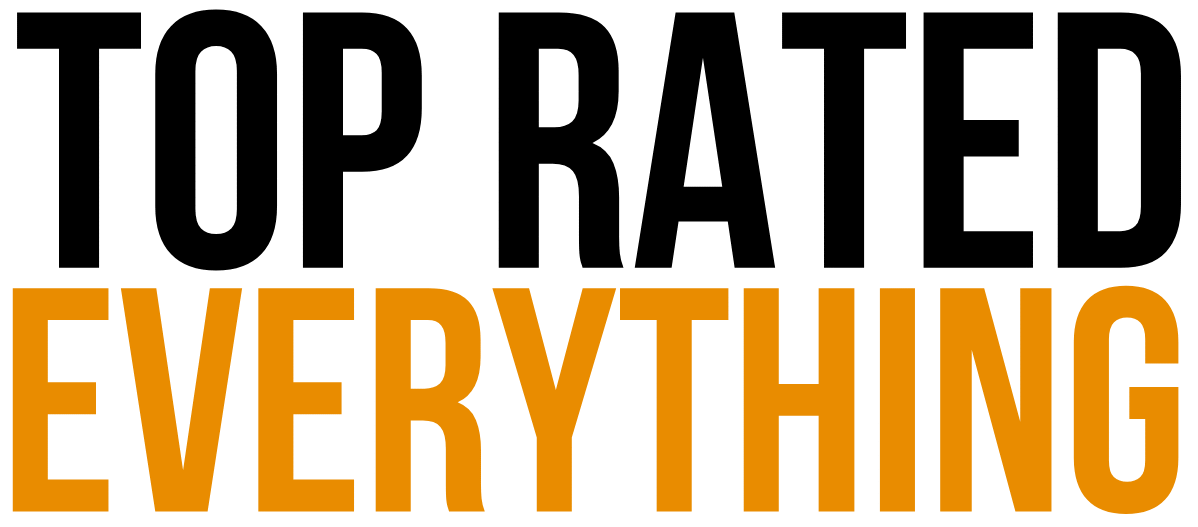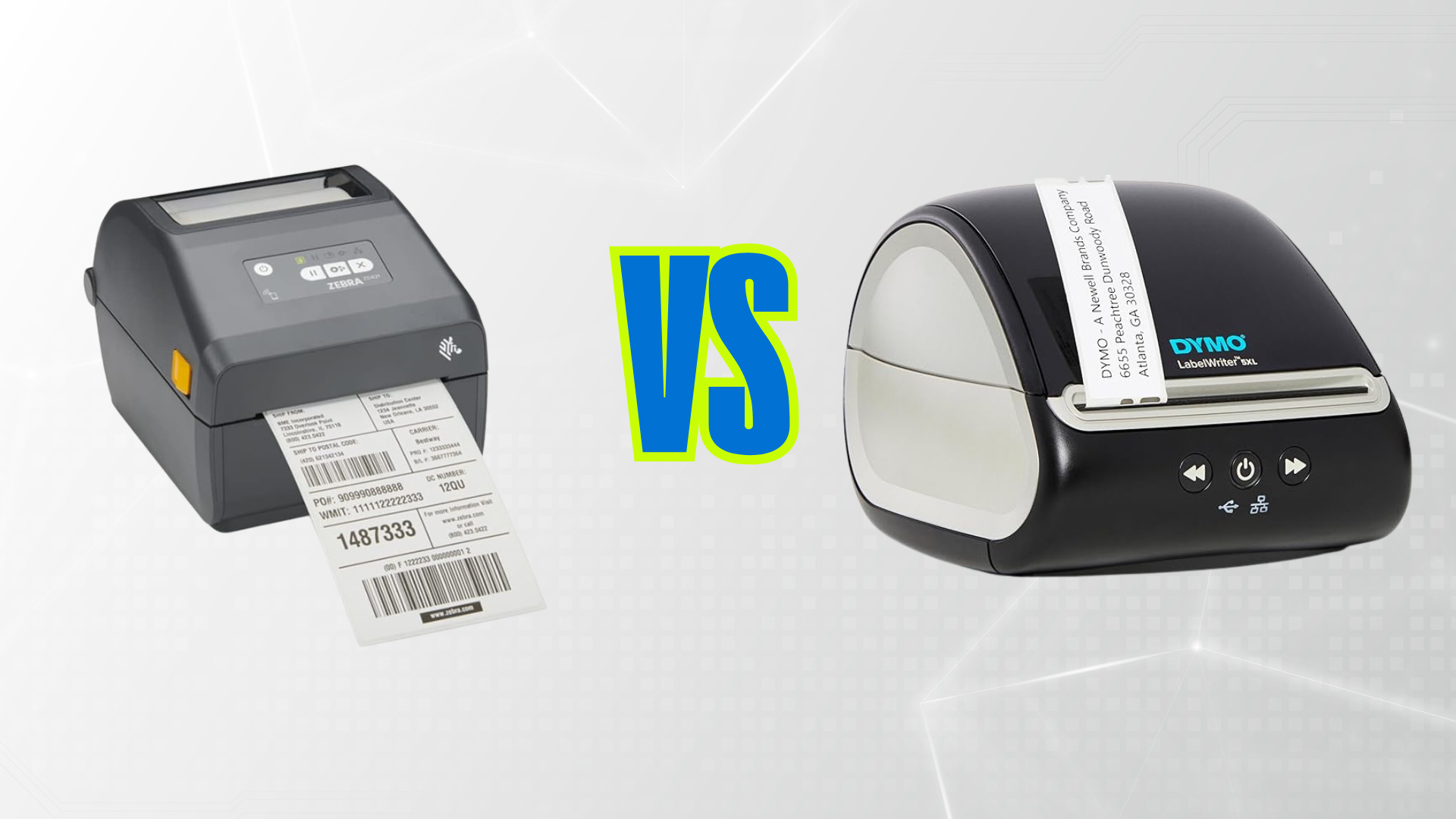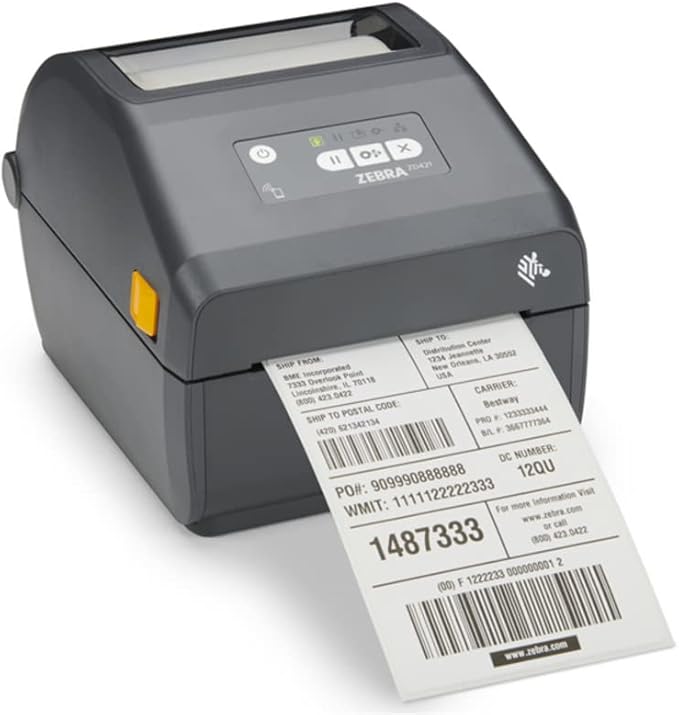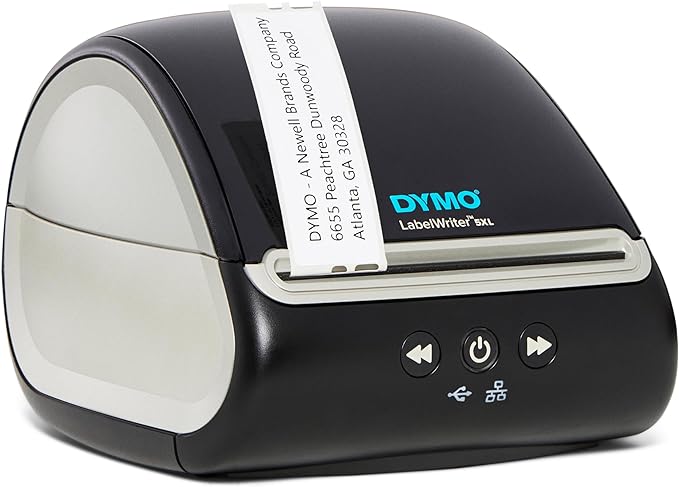If you’re weighing a label printer for 4×6 shipping labels and everyday operations, the Zebra ZD421d and DYMO LabelWriter 5XL are two popular—but very different—choices. Both are direct-thermal printers (no ink or toner), both handle wide labels used by common carriers, and both are fast enough for small to mid-size workflows. Where they diverge is philosophy. The ZD421d is a commercial desktop workhorse built for high duty cycles, modular connectivity, and IT-friendly management. The DYMO 5XL emphasizes desktop polish: crisp 300-dpi output, smooth software, and automatic label recognition that makes single-user workflows simple. The practical trade-off is open media and enterprise features (Zebra) versus guided usability inside a closed media ecosystem (DYMO).
Below you’ll find a detailed side-by-side table, followed by deep dives into Design & Setup, Features, Performance, Costs, and a one-paragraph Verdict, plus a focused FAQ to lock in your decision.
| Specification | Zebra ZD421d | DYMO LabelWriter 5XL |
|---|---|---|
| Printing technology | Direct thermal (inkless) | Direct thermal (inkless) |
| Max resolution | 203 dpi standard; 300 dpi optional (select SKUs) | 300 dpi |
| Speed (class) | Up to 6 ips (≈152 mm/s), model/settings dependent | Fast real-world 4×6 throughput; rate varies by driver/app |
| Max print width | 4.09 in (supports 4×6) | 4×6 “Extra Large” supported |
| Connectivity | USB 2.0 + USB Host standard; optional Ethernet, dual-radio Wi-Fi + Bluetooth, Serial | USB standard; some bundles add Ethernet/LAN |
| Cutter | Tear bar standard; optional cutter on certain configs | Tear bar (no auto-cutter) |
| Media approach | Open ecosystem: broad Zebra + third-party supplies | Automatic Label Recognition; DYMO-brand labels only |
| Typical environment | High-duty benches, shared stations, IT-managed fleets | Single-desk or small office shippers who prefer guided software |
Design & Setup
Zebra ZD421d
This printer is built for busy benches. The five-LED status bar and three-button panel make states obvious (pause, media out, error), so operators lose less time diagnosing issues. Zebra’s clamshell design with color-coded media paths makes reloads fast and foolproof. Connectivity is modular: the base unit ships with USB/USB Host, while other SKUs add Ethernet, dual-radio Wi-Fi + Bluetooth, or Serial. If you need to standardize across multiple workstations—or you want a deployment that scales with your IT policies—the ZD421d slots in cleanly.
DYMO LabelWriter 5XL
The 5XL is desktop-centric by design. You connect via USB (or Ethernet if your bundle includes LAN), install the software, and you’re guided by templates that match the loaded roll. The footprint is compact, and the interface is designed for a single operator who wants to generate 4×6 shipping labels quickly with minimal setup decisions. If your workflow is one user at one computer, the 5XL’s simplicity is appealing.
Takeaway: Zebra favors multi-user, high-duty environments and IT control; DYMO favors single-user convenience and a predictable desktop experience.
Features
- Modular connectivity: choose the mix you need—USB baseline with optional Ethernet or dual-radio Wi-Fi + Bluetooth.
- Manageability: enterprise tools for configuration, monitoring, and firmware updates—handy when you run multiple printers or have compliance needs.
- Resolution options: 203 dpi standard for shipping labels, with 300 dpi variants available if you print tiny QR codes or micro-text.
- Serviceability: clear status LEDs, quick media path access, and optional cutter for tidy batch runs.
- 300-dpi output by default: produces crisp small logos, fine text, and dense 2D codes.
- Automatic Label Recognition: the printer identifies the label type and remaining quantity—reducing layout mistakes and stock-out surprises.
- Guided software workflow: templates and integrations that feel comfortable for desktop shippers.
Trade-off: Zebra brings flexibility, fleet features, and open media; DYMO brings 300-dpi clarity out of the box and guided ease—tied to its own label rolls.
Performance
For 4×6 shipping labels, both are quick; your bottleneck is more often the workstation, network, or carrier app.
- Zebra ZD421d is rated up to 6 inches per second (≈152 mm/s). In practice—especially on USB or Ethernet—it powers through steady batches all day with consistent pacing. Status indicators minimize guesswork when something interrupts flow, and the optional 300-dpi model gives you headroom if you print tiny codes or compliance blocks.
- DYMO 5XL is also snappy in real-world runs. The default 300 dpi yields visibly sharper micro-text and small brand marks. For pure carrier barcodes and standard shipping layouts, 203 dpi is generally sufficient, but 300 dpi adds polish and can reduce scanner misreads on dense codes.
Speed verdict: For standard shipping labels, they feel similarly fast. The bigger performance difference shows up in continuity: Zebra’s diagnostics, optional wired networking, and enterprise-leaning design help maintain throughput on a busy bench; DYMO keeps a single user moving with little fuss.
Cost
Both are direct-thermal (no ink or toner), so your recurring cost is labels.
- Zebra ZD421d: Works with a wide range of 4-inch direct-thermal media—Zebra’s certified supplies and numerous third-party options. That open ecosystem lets you shop by price, adhesive, durability, or top-coat and adjust as volumes grow. Upfront price can be higher than consumer-oriented models, and optional 300-dpi heads or wireless/Ethernet SKUs add cost—but these often pay back in uptime and lifespan when the printer runs all day.
- DYMO LabelWriter 5XL: Uses Automatic Label Recognition with an RFID chip in the roll core. It’s convenient, but it locks you to DYMO-brand labels. Over a multi-year horizon, that can raise total cost if you print frequently, because you can’t switch to generics to shave per-label costs. On the other hand, standardized supplies can simplify ordering and reduce user errors for teams that value “it just works” consistency.
TCO takeaway: If media flexibility and long-term cost control matter, Zebra’s open approach wins. If you value ease and are comfortable with branded media pricing, DYMO is fine.
Verdict
Winner for shared, high-duty environments: Zebra ZD421d. It’s the more versatile label printer long-term thanks to modular connectivity (including Ethernet and dual-radio wireless), enterprise management tools, resolution options, and an open label ecosystem that keeps costs flexible.
Choose the DYMO LabelWriter 5XL if you’re a single-desk shipper who prioritizes 300-dpi clarity, appreciates automatic roll detection, and is comfortable committing to DYMO-brand labels. It’s polished and reliable for desktop-centric workflows.
Both are excellent; buy for the environment you actually run: enterprise-style reliability and control (Zebra) or desktop simplicity with 300-dpi polish (DYMO).
FAQ
Are these printers inkless?
Yes. Both are direct-thermal printers and use heat-sensitive labels—no ink or toner cartridges.
Which one is faster for 4×6 labels?
For typical e-commerce batches, both feel fast. The ZD421d is rated up to 6 ips; the 5XL’s real-world speed depends on drivers/apps but comfortably handles small to mid-size runs. Workflow and connection type often matter more than raw spec.
Do I need proprietary labels?
Zebra ZD421d: No—uses an open ecosystem of 4-inch direct-thermal media (including third-party options).
DYMO 5XL: Yes—requires DYMO-brand rolls due to Automatic Label Recognition.
When does 300 dpi matter?
If your labels include tiny text, compact QR codes, or small logos. The DYMO 5XL provides 300 dpi by default; the ZD421 line offers 300-dpi variants if you need that precision.
Which is better for a team that shares one printer?
Zebra ZD421d. With optional Ethernet or dual-radio Wi-Fi + Bluetooth and enterprise tools, it’s better suited to multi-user benches and IT-managed setups.
Also check: Brother QL-1110NWB vs Zebra ZD421d: Which is Better?, MUNBYN RealWriter 403B vs DYMO LabelWriter 5XL: Which is Better?



